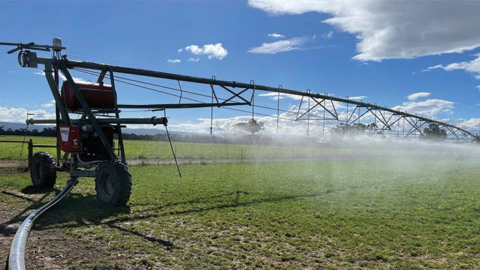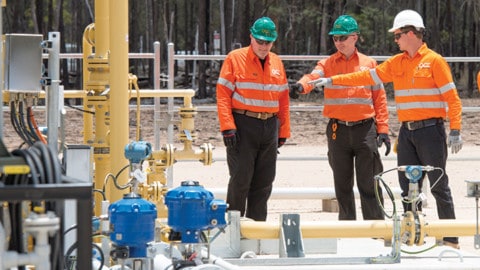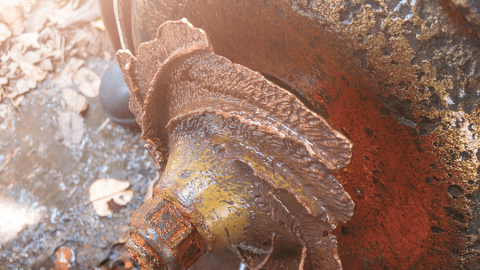By Keith Sanders
In the previous article in this series on successful pump project management, Keith Sanders looked at pump system design and equipment selection – the first of three pillars that will help upcoming projects not only be successful, but also help to contribute to better outcomes for other important objectives such as climate change, water resources and energy conservation. In this article, he takes a deep dive into the second pillar: energy audits.
As the pressure to conserve energy in industrial plants increases, the need for routine energy audits will increase, especially if financial incentives or penalties are introduced by the Australian Government in an effort to meet carbon emissions targets moving forward.
Energy management
From our discussion on the ‘systems approach’ in Part 2 of this series of articles, it is evident that pumping facilities can be operating sub optimally from an energy perspective, despite appearing to operate satisfactorily. This can also give rise to higher service and maintenance costs.
For this reason, energy management programs have been developed based on ISO 50001 – Energy Management standard, which are already being adopted in Europe. However, this adds upfront costs to the project. Resources in equipment and personnel need to be available for systems to be assessed on a consistent basis.
As a result, thorough assessment at commissioning is not always conducted and benchmarks for future assessment are not recorded. ISO 14414 – an international standard for pump system energy assessment audits – was introduced, which Standards Australia recently approved the direct adoption.
AS/ISO 14414-2020 is now part of the drive to align with the European approach to energy management. The goal has been to ensure that pumps and motor driven systems are audited to a recognised and uniform set of procedures.
In Europe, mandated audits are being introduced by the Energy Efficiency Directive across all member countries to ensure that pump systems achieve the energy reducing focus they deserve. However, it is important that AS/ISO 14414 is used when carrying out a pump system energy audit and that the energy auditor is suitably trained to carry out this task.
Accreditation of a pump system auditor is generally carried out on a national basis and it is anticipated that Australia will need to follow this pathway in the years ahead. The objective of a pumping system energy assessment is to determine the current energy consumption of an existing system and identify ways to improve system efficiency. These requirements consist of:
• Organising and conducting an assessment
• Analysing the data from the assessment
• Reporting and documenting the assessment findings
AS/ISO 14414 Energy Assessment
This standard provides a standardised framework for conducting audits of pumping systems that should create a uniform approach to energy assessment. These assessments should involve a careful analysis of system design, equipment operation, energy use and performance data.
The audit should be sufficiently comprehensive to identify major energy efficiency opportunities that may exist, with the report used to document and prioritise energy improvement options that might be implemented. Appropriate action plans can then be developed.

Look out for Part 4 of this article in the Spring edition of Pump Industry, looking at the third and final pillar for successful project management.





















